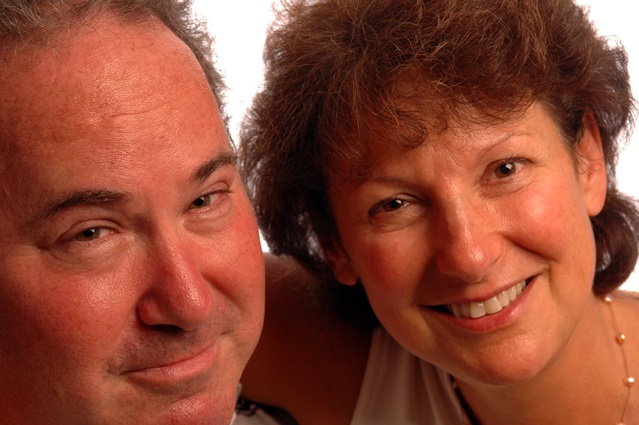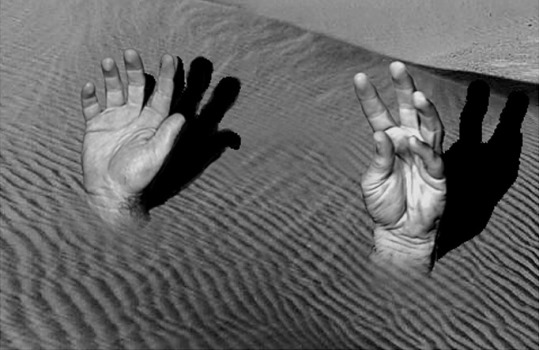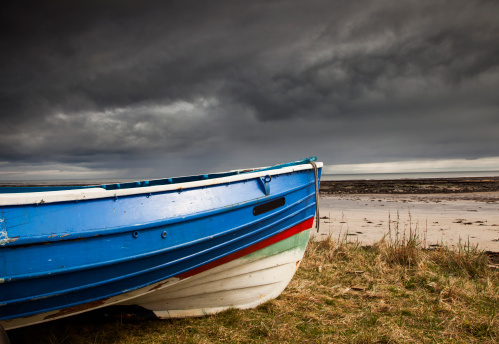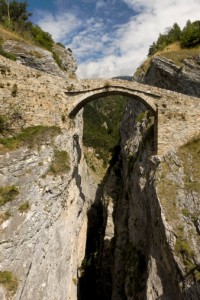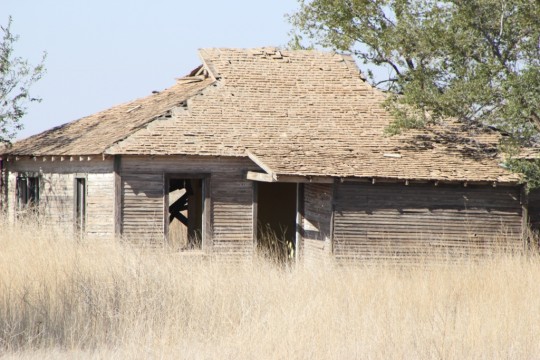
I don’t know what else to call them. But if they were all in the same vicinity or neighborhood, they’d be part of a ghost town. They’re usually uninhabitable, with windows and doors gone or broken, and the roof letting in morning sunshine.
There’s at least one near you somewhere, but it may not be as easy to see as the hundreds that dot the wide open landscape near where I live.
Abandoned, but never empty. For lack of a better term, I call them ghost houses.
Not haunted houses, though I’d rather not wander into one of these things after dark. Broad open daylight either, for that matter.
Once upon a time these places provided a home for families. Now they sit empty. Sometimes the reason is obvious; sometimes it doesn’t make sense at all. Just in the last week I’ve seen several once-lovely and spacious homes now left to the elements, vandals, and critters.
Maybe someone died, and left no heir. Maybe business dried up or sold out and forced a move. Maybe the place got tied up in some sort of disagreement in court or with a bank.
Regardless, the end result is the same – empty, eroding testaments to lost usefulness and life.
Oh, if they could talk! Oh, if they could teach us!
Call me weird (okay, who said that?). But what started as a years-long fascination has led me to visit and photograph over 200 of these old places over the last week. Most were houses. But there are also old stores, gas stations, barns, schools, and even a few abandoned churches.
Some are part of the three certifiable ghost towns I’ve visited (a story for another day). Most stand alone on the edge of town or in the middle of nowhere.
Nobody built one of these planning for them to sit desolate. But sit they do. And while the ghost houses have lost their primary purpose because nobody can actually live or work in them anymore, they being dead still speak.
And no, they’re not hollering, “Boo!”
They’re teaching some powerful lessons that speak to us as individuals and leaders, churches and organizations. [click to continue…]

